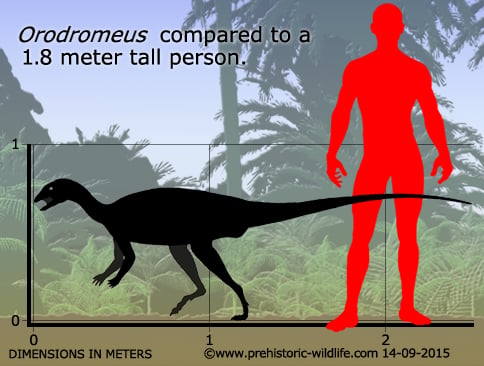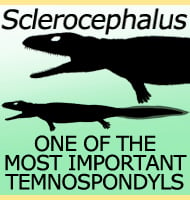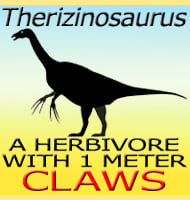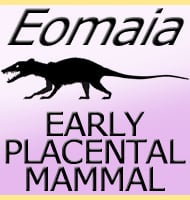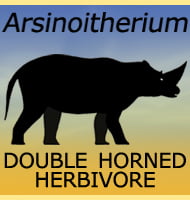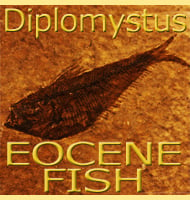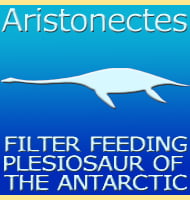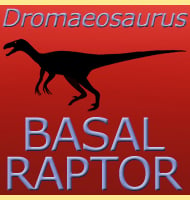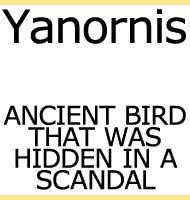In Depth
Orodromeus was a small ornithopod dinosaur of the late Cretaceous that had boss-like growths on the jugals (cheek bones). Orodromeus has been considered to be similar to another small ornithopod named Oryctodromeus, which itself is considered to have been a burrowing dinosaur. It is still not known for certain if Orodromeus burrowed and if so when. If such activity is true for Orodromeus, it is unlikely that extensive tunnel networks were dug out, it could simply be a case of a nest site being excavated, or perhaps a retreat to hide from predators. Another genus named Zephyrosaurus has also considered to be similar to Orodromeus.
Large numbers of eggs were once attributed to Orodromeus, with the embryos inside being studied as the unhatched young of Orodromeus. This was and still is a very interesting find, however a further study (Horner and Weishampel, 1996) yielded a startling discovery; the embryos were not those of Orodromeus, they were of a completely different kind of dinosaur named Troodon. The Orodromeus remains found next to the eggs could simply be the bodies of hunted and killed dinosaurs brought back to the nest for consumption. Further support for this idea comes from the nearby partial remains of a Troodon and clutch of eggs (MOR 748 & MOR 750) discovered in 1997 that seemed to be in a brooding position at the time of death.
Principal predators of Orodromeus were likely smaller theropod dinosaurs such as Troodon and Saurornitholestes, both known from the same fossil bearing Formation as Orodromeus. Larger predators such as tyrannosaurs like Daspletosaurus were also present, but given their size they likely hunted for larger prey like hadrosaurs and ceratopsians.
Further Reading
- A comparative embryological study of two ornithischian dinosaurs, Jack R. Horner & David B. Weishampel - 1988. - A comparative embryological study of two ornithischian dinosaurs - a correction, Jack R. Horner & David B. Weishampel - 1996.
